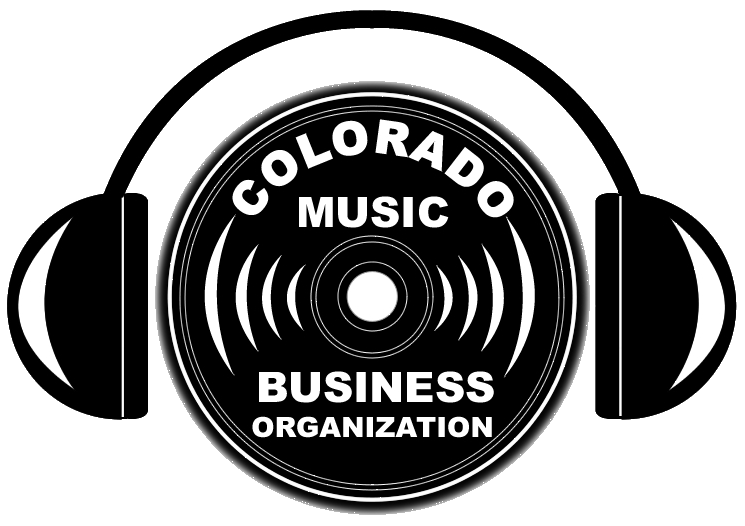Our suggested movies and books involve the business of music. Learn something from them! Go to the website, www.coloradomusic.org for complete descriptions of the movie and book.
MOVIE FOR MARCH 2014: “20 Feet From Stardom” (Documentary) (2013)
In light of its recent win at the 2014 Academy Awards, we’ll repeat this one!
Backup singers live in a world that lies just beyond the spotlight. Their voices bring harmony to the biggest bands in popular music, but we’ve had no idea these singers are or what lives they lead, until now.
Director: Morgan Neville
Stars: Merry Clayton, Lisa Fischer, Judith Hill, Darlene Love and lots more!
Review: A treat for the ears and an education in the music business
22 April 2013 | by mmonsor-1
I had never heard of the performers, but have apparently enjoyed their contributions thousands of times. Praise to the producer and director for their headliner contributors. I saw the film at the Minneapolis – St Paul film festival. Merry Clayton came to the screening and sang for us after the showing. That girl still has the pipes. The story about her audition with the Rolling Stones was a hoot. The soundtrack is wonderful. Lisa Fischer has an amazing voice – blew my socks off. Hope the movie comes to a theater near me, so I can hear it again. I thought the director did a wonderful job of balancing the contributions of the headliners with the life stories of the singers. It was a treat to hear them do their thing out in the spotlight.
http://www.imdb.com/title/tt2396566/
* * * * *
BOOK FOR MARCH 2014: “Yeah! Yeah! Yeah!: The Beatles and America, Then and Now” by Michael Tomasky
What Made the Beatles So Unique? This fourth and last installment of Michael Tomasky’s new e-book is about the music. Was their music really that different? Yes. Here’s how.
So what is it about the guitar—the electric guitar in particular? Our brains are wired to respond, strongly and primally, to music of all kinds. The hypothalamus becomes super-charged, the dopamine sets to racing—to violins, the piano, anything. But in most people, responses are more intense the sharper the sound, which makes the electric guitar, in some sense, the emperor of the dopamine kingdom. There is no known physiological defense. There are only constructed ones: the Bible, the chastity belt, “There! I’ve Said It Again.”
The human urge to pluck a string and make music goes back many millennia. There’s a guitar-like instrument in a cave painting in southern France dating to 5,000 or 10,000 years before what we call “civilization” got started. The idea of the male guitarist as sex symbol first began to take hold, and seems to have had its origins, in muy macho Moorish Spain.
By the 19th and 20th centuries, the guitar (and related stringed instruments) also acquired certain social meanings. And as technology advanced, with the Industrial Revolution whirring away in the background, a scrambling search for volume commenced. The first electric guitars appeared in the 1930s. But still, no regular person could really go buy one. Then, after the war, in the early 1950s, a man whose last name lives on, Leo Fender, developed the first electric guitar that was mass-produced and that regular people could afford to buy.
This meant that young Lennon, McCartney, and Harrison (and young Richards and Townshend and Clapton et cetera) were part of the first generation of humans who could go buy an electric guitar at a department or music store. Across the Western world, and in the Anglophone nations in particular, boys gathered with these new guitars, in the garages of freshly constructed American homes in the suburbs, and in places like the bathrooms of English art colleges, cutting class, smoking, teaching one another how to tune the blasted thing—and, most of all, discovering what guitars could do, and sound like, together.
And that’s where the two-guitar sound that they perfected came from. Yes, they had some predecessors, but they took the two-guitar idea to new place: Theirs was the first music that took these influences and combined them into a new sound that was driven by the interplay between two guitars—two electric guitars, going along together, playing different parts, both playing at a high volume, driving the sound. Others may have come along and quickly taken matters to even higher volumes—the Stones and the Kinks and the Who. But combining blues, country, pop, music hall, and Broadway into a two-guitar sound called rock’n’roll was something The Beatles did first.
More at: http://news.yahoo.com/made-beatles-unique-114500378–politics.html
http://www.amazon.com/Yeah-The-Beatles-America-Then-ebook/dp/B00I2ACS3W/

